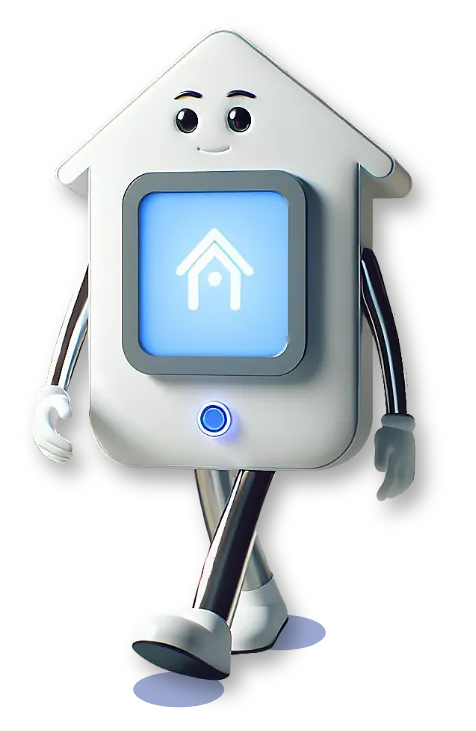Let's find your deal!
Smarter Home Tools for Everyday Life in Hacienda Heights
Find Internet & Home Services in Hacienda Heights, CA
Call Now!

Explore the key differences and make an informed choice.

Starting from
$60/mo
500 Mbps
- No Contracts. Get your freedom.
- Fiber Plans include AT&T ActiveArmor 24/7 Network Security Protection.
- Speeds up to 5 Gigs with Select Plans.

Starting from
$30/mo
500 Mbps
- Contract Buyout Spectrum Internet® up to $500.
- No Contracts, Data Caps or Hidden Fees.
- Up to 1 Gig Internet Speed (wireless speeds may vary).

Starting from
$49.99/mo
500 Mbps
- No Contracts or Hidden Fees (Transparent pricing).
- Fiber Plans include a FREE WiFi Router; Fiber 500+ comes with a FREE Amazon Eero Router.
- Speeds up to 5,000 Mbps (wireless speeds may vary).
Connect with an Expert!
Frequently Asked Questions
What Services Can I Get in Hacienda Heights for Internet and Home Tech?
Homes in Hacienda Heights are supported by dependable services from major internet and smart home providers. Options from Xfinity, Spectrum, and AT&T include internet with strong speed performance and broad local coverage. Households can also upgrade their security with smart devices like app-controlled cameras and motion sensors. Whether you’re setting up Wi-Fi for work, streaming, or looking for home protection, there are service plans to match your lifestyle.
How Do I Choose the Right Internet Provider in Hacienda Heights?
To choose the right provider, check which companies service your exact location by using your zip code. SmarterHome.ai makes it easy to compare speed, pricing and features side-by-side. Xfinity, AT&T, and other ISPs offer everything from budget-friendly packages to high-speed plans for larger households. Whether you’re online for work, school, or entertainment, you’ll find a match based on your usage.
How Do Residents in Hacienda Heights Stay Connected and Protected?
Reliable internet and security tools help households in Hacienda Heights manage work, school, and safety. Providers like Spectrum and Comcast Xfinity offer strong internet options that support streaming and device-heavy usage. Mobile service from Xfinity Mobile adds convenience for those who rely on data on the go. Smart home systems allow for remote monitoring and quick alerts, making it easier to stay informed when you’re away from home.
Are There Ways to Save on Internet and Cable in Hacienda Heights?
Yes, saving on monthly bills is possible with bundled services and promotional offers. Many Hacienda Heights residents choose package deals from Xfinity or Spectrum that include internet, TV, and phone. Streaming TV is another way to reduce costs if you’re looking to replace cable. New customers may also qualify for limited-time pricing or equipment discounts that lower setup expenses.
What Type of Internet Is Best for Homes in Hacienda Heights?
The right internet for your home depends on your location and how you use your connection. Fiber internet offers the highest speeds and works well for remote work or smart device setups. Cable internet is also available in most parts of Hacienda Heights and provides consistent access for general browsing, video calls, and streaming. In some cases, wireless or 5G home internet may be a good alternative when wired options are limited.
Speed
Selection
Savings
Expert Help
Our experts help you find the best deals providers don't want you to know!
Contact us for personalized recommendations and support.
What our users love about us
The prices and speeds displayed on this page are estimated packages available in your area and are subject to change. For the most accurate and up-to-date information, please contact us.

